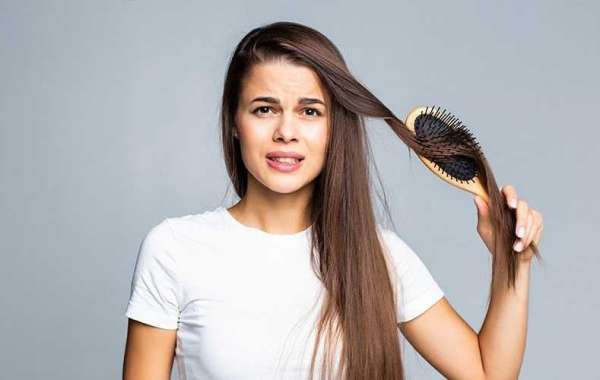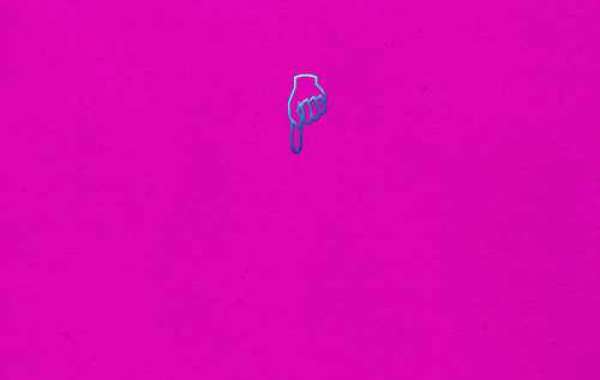For both men and women, minoxidil is a medication with a license to cure hair loss. It is offered by a number of high street pharmacies because a prescription is not necessary to purchase it. While some pharmacies sell Minoxidil under their own brands, the majority market Regaine.
Male pattern baldness is frequently treated with minoxidil, and according to 48-week research, although 23% of men receiving a placebo reported improvements, 60% of men receiving minoxidil reported having more hair coverage. So, you can use minoxidil for hair loss if you suffer from hair disorders.
How do you use Minoxidil
With a typical strength of 2% or 5%, minoxidil is available as a cream, liquid, or foam. Regaine refers to the greater concentration as Extra Strength for Males and often exclusively advises men to use it. Minoxidil must be used at least once daily for as long as treatment is wanted in order to have any good impact on hair loss.
Depending on whether you are applying a lotion or foam, the technique will vary, but the general idea is to gently massage a tiny amount into the skin of the balding parts of the scalp. You will probably be given an applicator if you are using liquid Minoxidil to make the application process simpler and more precise.
It's crucial to prevent getting Minoxidil in your eyes and to avoid applying it to painful or sensitive skin. If minoxidil comes into contact with other body parts, it may also promote the growth of undesired hair.
Does Minoxidil work
In both men and women, minoxidil has been shown to stop hair loss and encourage the development of new hair.
60% of males who used Regaine Extra Strength daily for 48 weeks had visible hair regrowth in one photographic study. In a related trial, Regaine for Women Regular Strength (2%), when used daily for 48 weeks, was found to "stabilize" hair loss in 88% of women. This denotes that they stopped losing hair and/or started growing it back.
The most successful hair loss treatment for women is minoxidil, and the second most successful hair loss treatment for males is finasteride. To treat male pattern baldness, finasteride is a tablet taken daily. In the UK, it is occasionally sold under the name Propecia. However, women must not consume it. 90% of males who used Propecia had their hair loss stopped and their hair has regrown, according to one research. Finasteride information is available here.
The most important thing to keep in mind when using Minoxidil is that any beneficial benefits on hair loss will only last as long as you continue using the medication. After stopping the Minoxidil treatment for three to four months, hair loss usually returns to normal. Because of this, minoxidil ought to be viewed as a temporary fix rather than a cure for hair loss.
Side Effects of Minoxidil
Minoxidil has some small adverse effects, such as minor skin irritations, just like any medication. However, you should stop using Regaine and inform your doctor or pharmacist if you suffer any negative effects.
Men who have tried Minoxidil and found it ineffective or who are looking for an alternate hair loss treatment might want to think about the prescription pill known as Propecia. To learn more, go to our hair loss clinic online.
How to Get Minoxidil
Minoxidil is not covered by the NHS for free because it is not a prescription medication for hereditary hair loss. However, you can acquire it online from our website or purchase it from a variety of high street pharmacies (including LloydsPharmacy). The majority of pharmacies sell Regaine, although some also sell Kirkland and other Minoxidil brands. In some situations, pharmacists will also stock their own brand of Minoxidil. Which brand of Minoxidil you use is entirely up to you, but you might discover that cost is an important consideration.
It's crucial to see your doctor before using Minoxidil. This is due to the fact that over-the-counter Minoxidil, like Regaine, is only authorized for use in cases of hereditary hair loss (male and female pattern baldness). Treatment with Minoxidil might not be appropriate if you have another type of hair loss.
To treat male pattern baldness, we at Online Doctor can prescribe Finasteride. This is a daily medication that requires a prescription. Visit our online service for hair loss to learn more.
It's necessary to quickly go over the fundamentals of minoxidil and how it functions as a hair loss therapy before we discuss any adverse effects.
A topical drug called minoxidil is applied to the skin to promote hair growth. Both a solution and a topical foam are available. Unlike finasteride, minoxidil can be acquired without a prescription because it is over-the-counter.
Although minoxidil's exact mechanism of action isn't entirely understood, experts believe that it stimulates hair growth by doing two things in particular: putting hair follicles into an active growth state and increasing blood flow to the scalp.
When it comes to promoting blood flow, research indicates that minoxidil aids in widening the blood vessels in your scalp, enabling a greater volume of blood to travel to your hair follicles and feed them with vitamins, minerals, and other crucial nutrients.
According to research, minoxidil is effective, and many men who use it report a noticeable improvement in hair density and an acceleration of hair growth as a result of the treatment.
Excessive Use
When taken as recommended, minoxidil is unlikely to have a substantial negative impact. However, if you use minoxidil excessively, such as by applying it more than twice daily or using too much on your scalp at once, negative effects could appear.
Both as a generic drug and as Rogaine, minoxidil is accessible. Rogaine is available in a range of strengths to treat male pattern hair loss, a kind of hair loss that can affect women, as well as hair loss in general.
The active component in generic minoxidil and brand-name Rogaine is the same. This means that most of their adverse effects are the same. If you frequently have adverse effects from generic minoxidil, it's likely that brand-name Rogaine will also cause you problems.
Brand-name Rogaine contains additives like propylene glycol and alcohol, just as the majority of generic minoxidil products. It's crucial to take precautions to avoid getting these substances in your eyes, mouth, or on delicate skin areas because they may irritate you.
Brand-name The other typical side effects of minoxidil that Rogaine can also induce include acne, swollen facial areas, undesired facial or body hair growth, and modest hair shedding in the initial few weeks of treatment.
You may have observed that commercials for new medications frequently conclude with a seemingly unending list of potential interactions and adverse effects.
The fact that minoxidil is not known to interact with any other medications is a big benefit of using it. This implies that even if you are presently taking other medications, you can take minoxidil to treat hair loss with complete confidence in its safety.
In light of this, minoxidil should not be used by anyone who has previously had an adverse reaction to it. Additionally, some medical professionals advise keeping an eye on your heart rate and blood pressure while using it, especially if you have any underlying medical concerns.
As always, even if minoxidil is sold without a prescription, it's best to consult your doctor before using it to ensure your safety and wellbeing while undergoing treatment.








